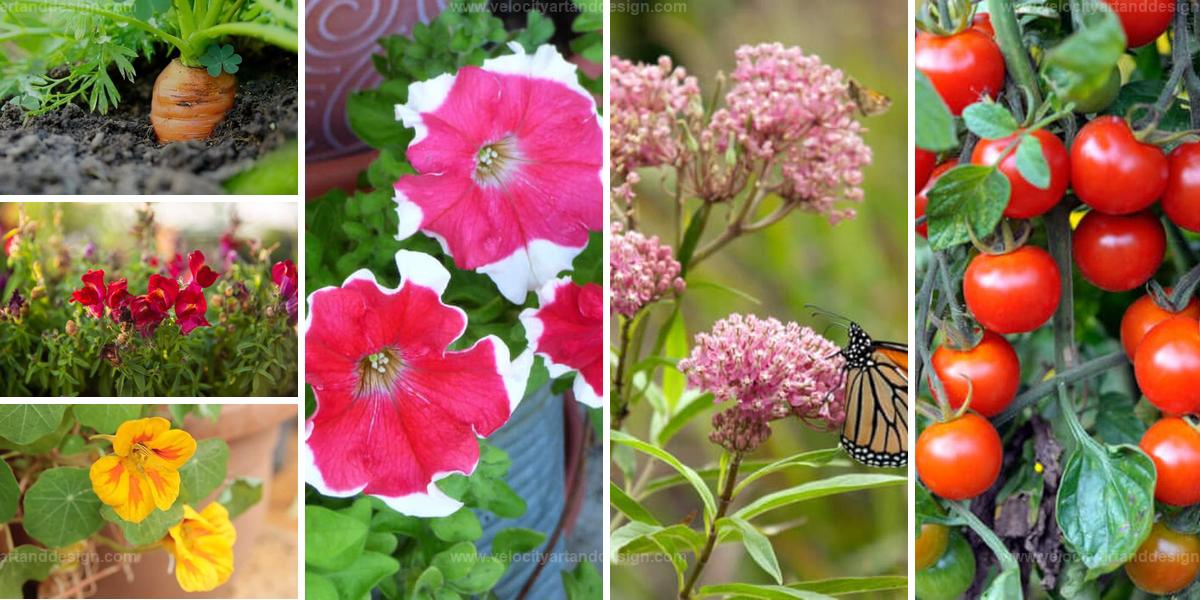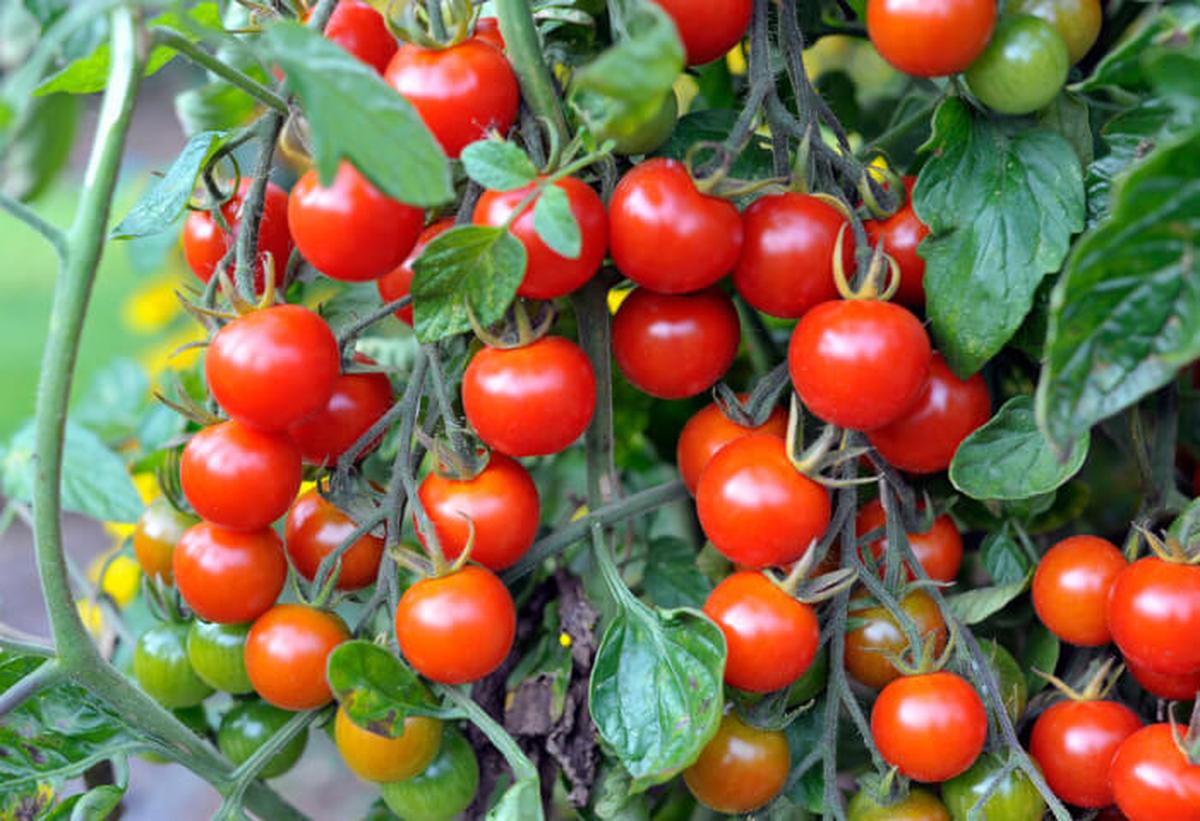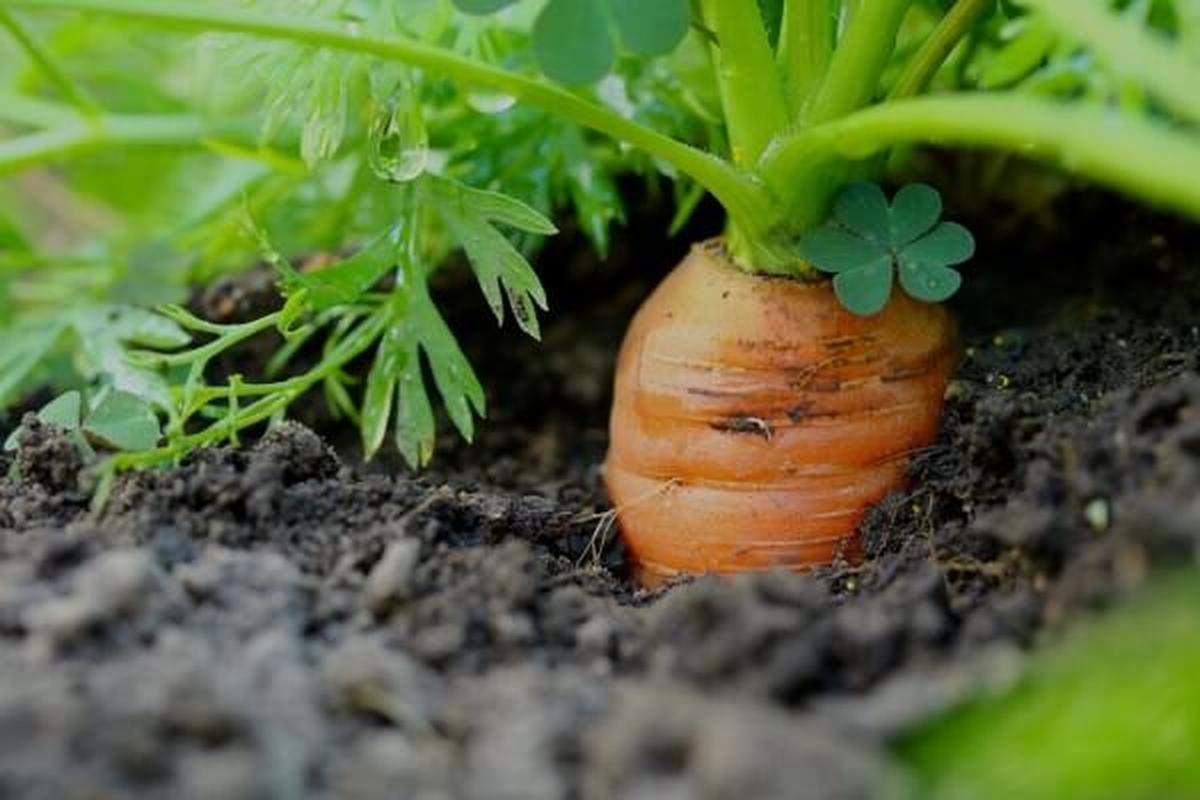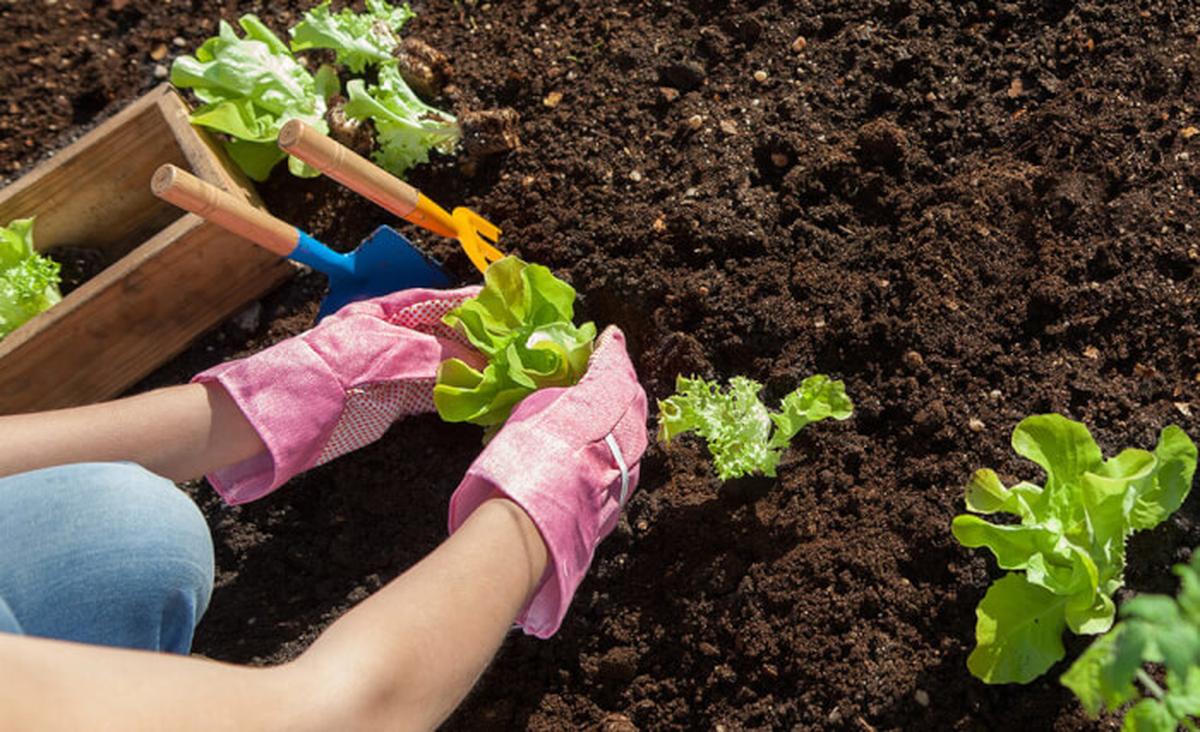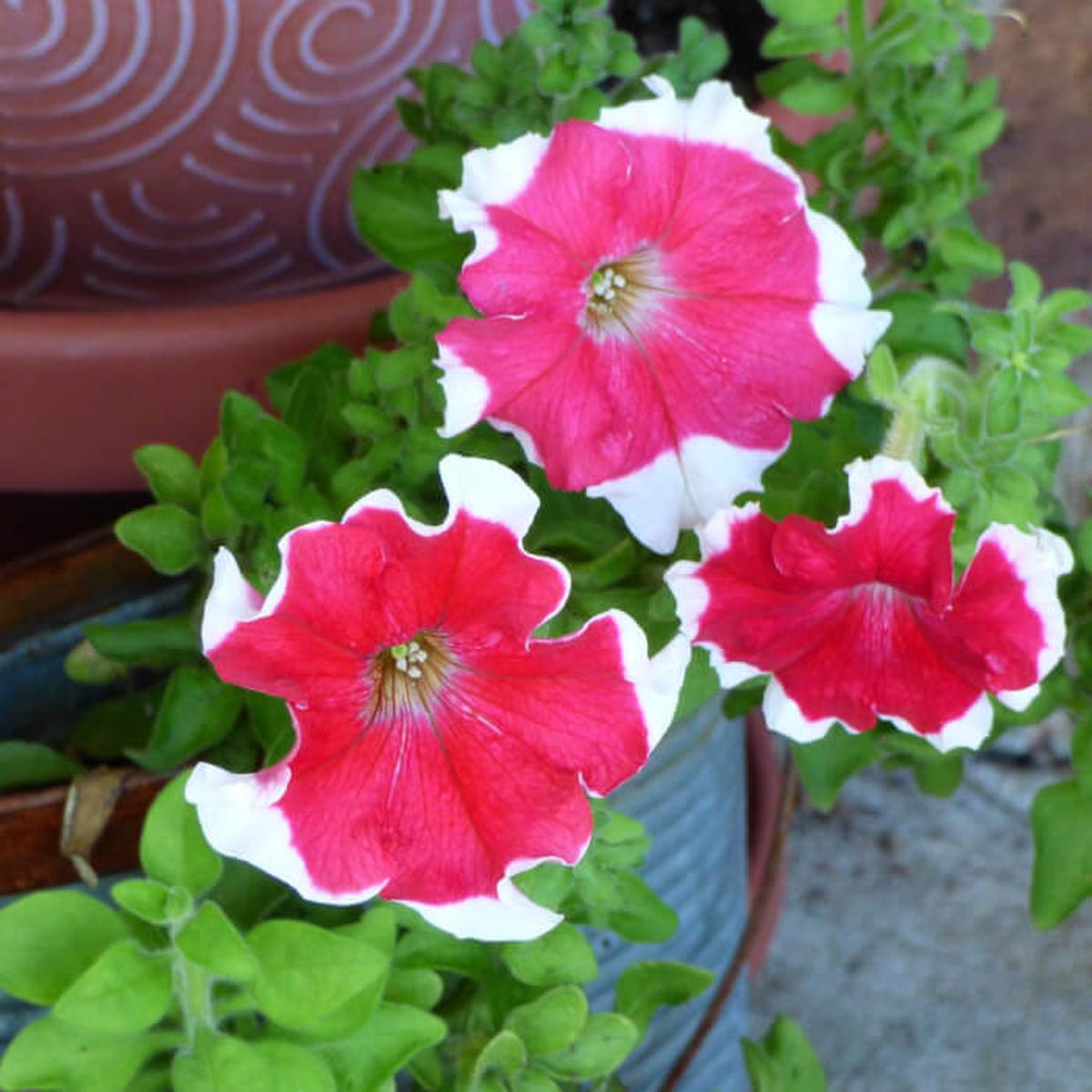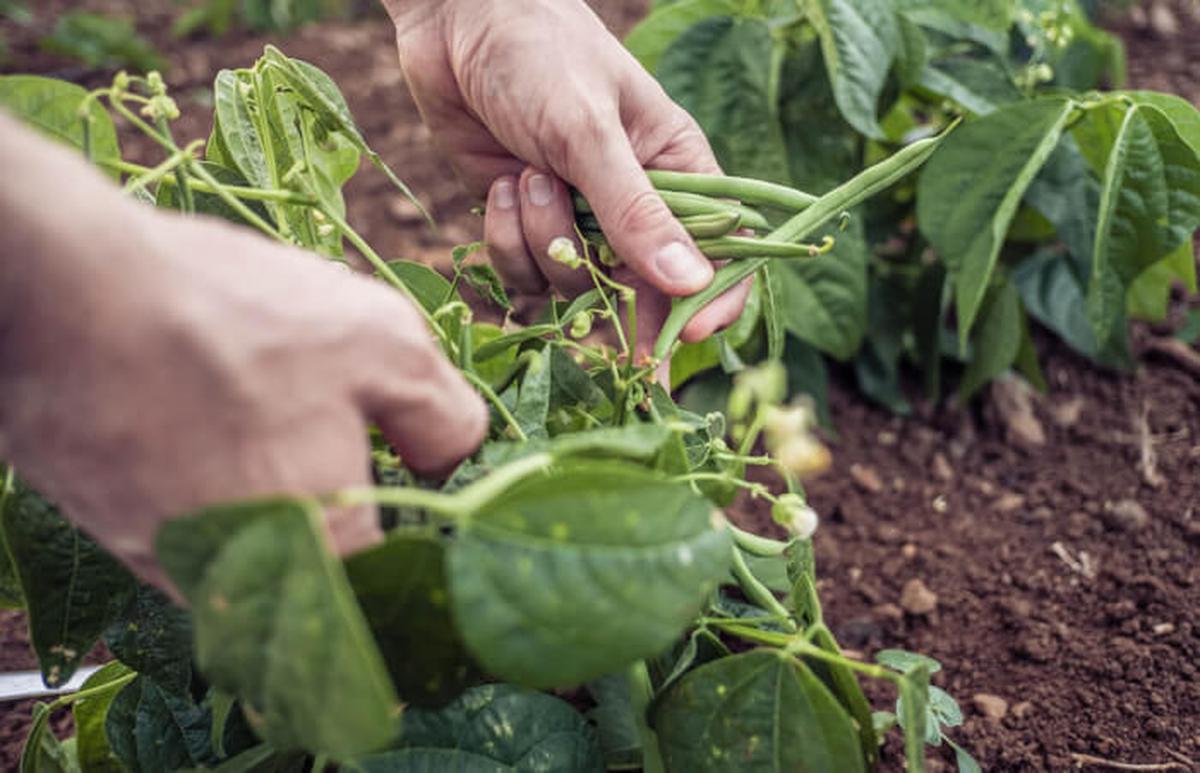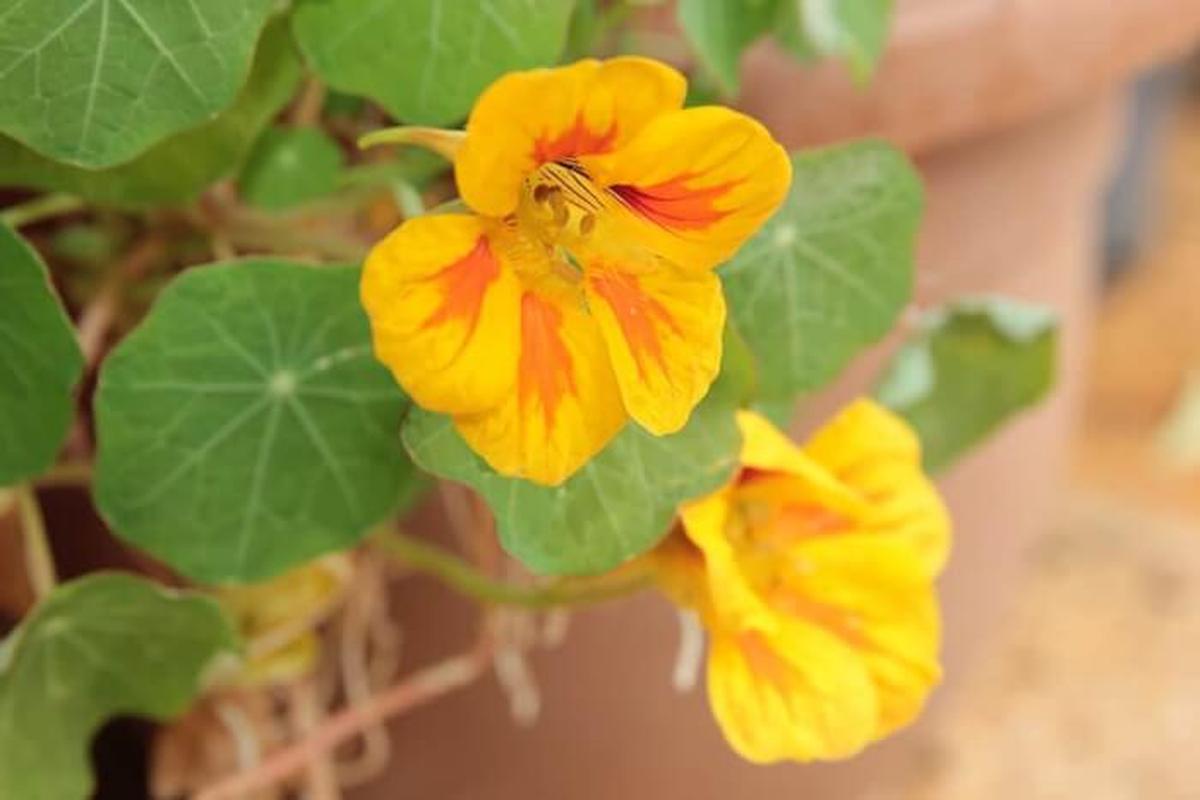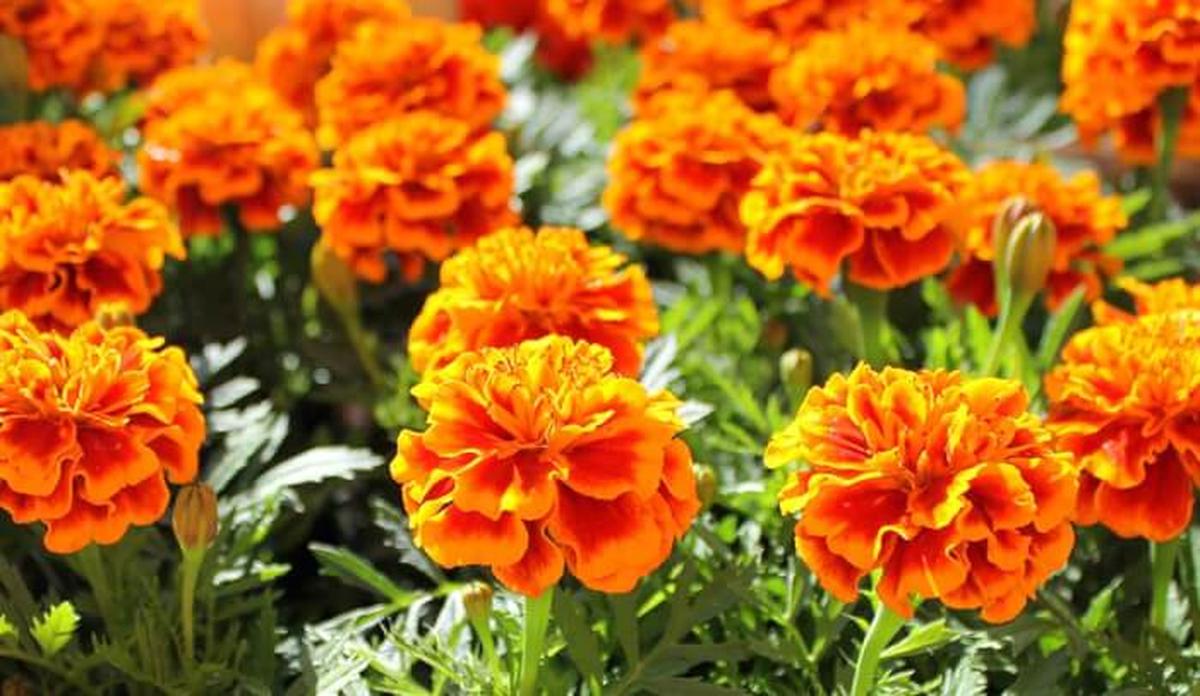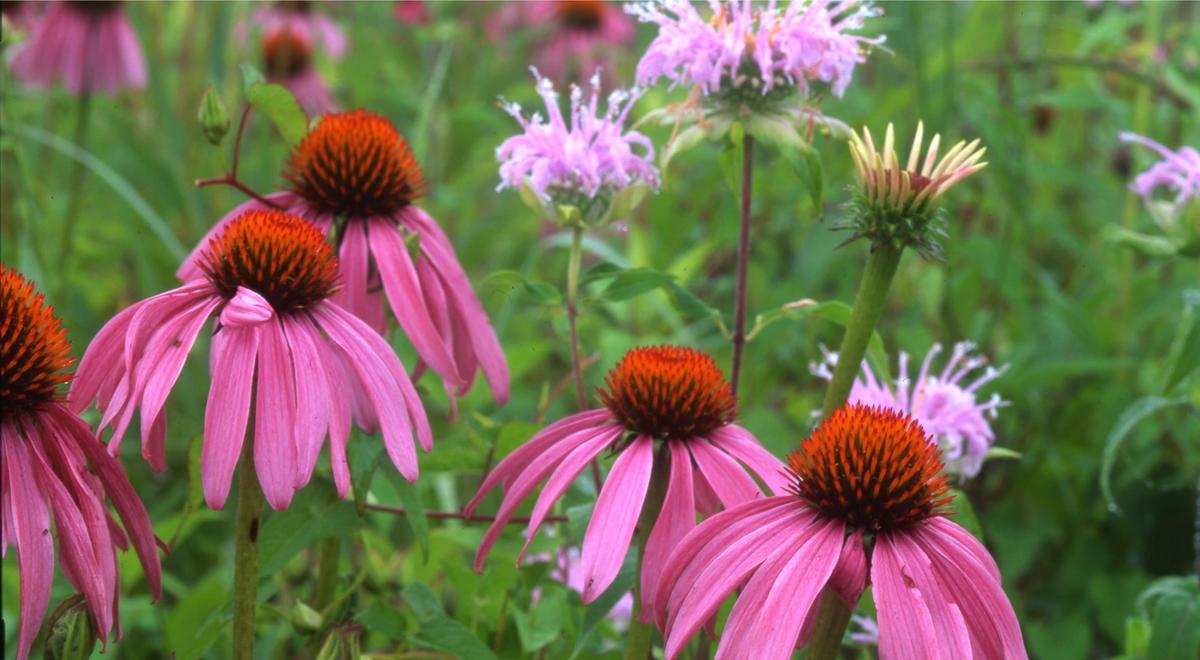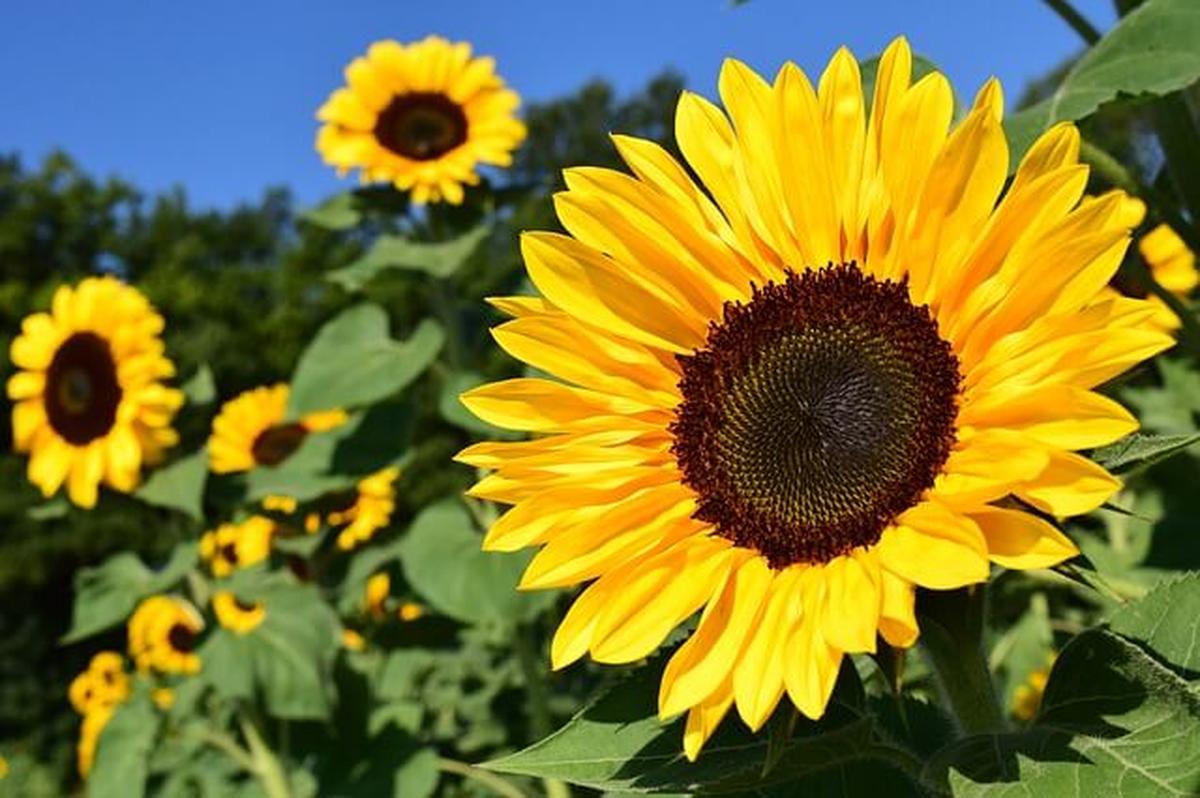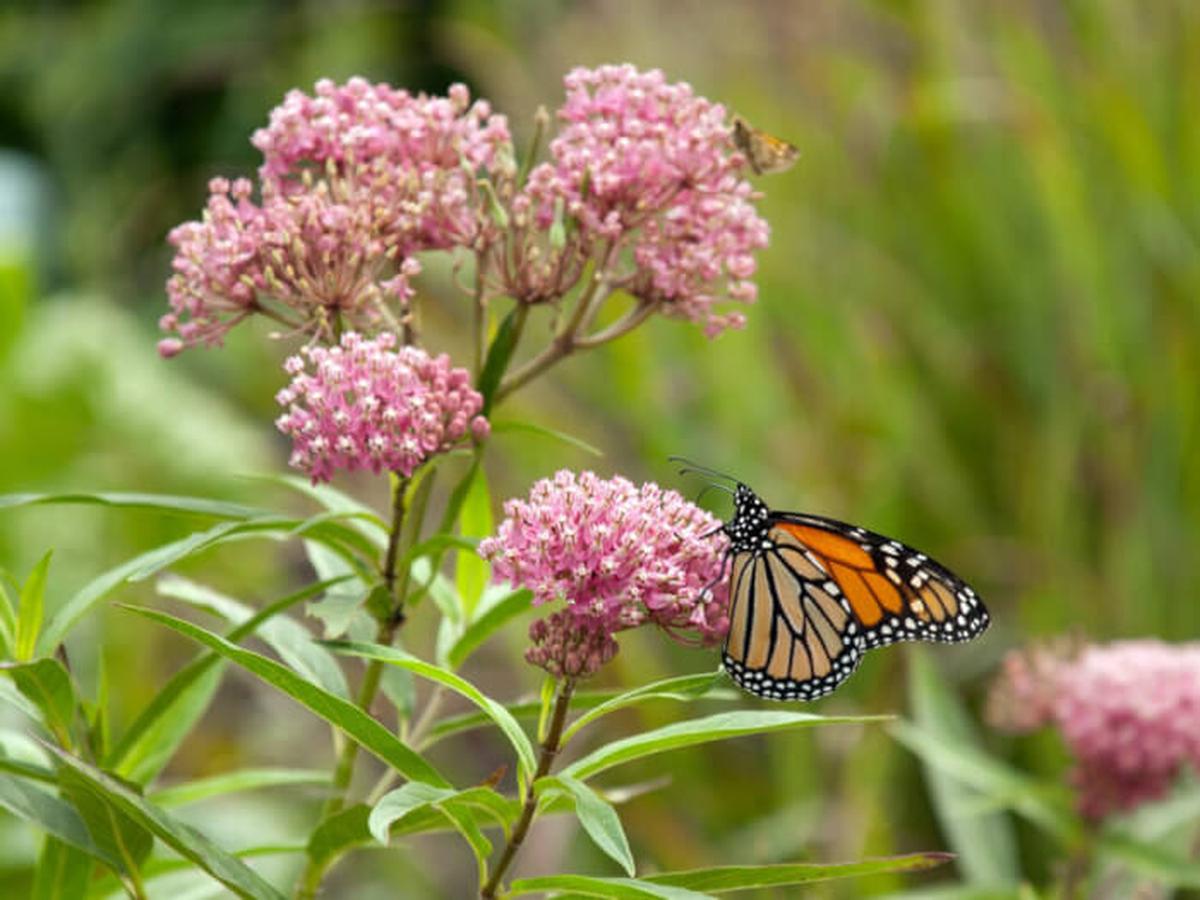11 Safe and Fun Plants for Children’s Gardens
Friendly plants create a welcoming outdoor environment, making it easier for kids to enjoy gardening. These plants are safe, resilient, and easy to handle, inviting children to explore the world of nature hands-on.
Their vibrant colors and interesting textures capture attention, encouraging little ones to interact with them. Choosing child-friendly varieties makes gardening a delightful and educational activity for families.
Low-maintenance plants also mean kids can learn without much worry about delicate care routines. Here are 11 options to get children excited about spending time outdoors:
Cherry Tomatoes
Cherry tomatoes thrive beautifully when provided with some daytime shade, making them a versatile choice for various gardens. These vibrant vegetables flourish in USDA zones ranging from 3 to 10, ensuring that many gardeners can enjoy their delicious harvest.
To achieve optimal growth, ensure they have the right balance of sunlight and protection from harsh rays. You’ll find that with proper care, these small fruits yield an abundance of flavor-packed delights throughout the growing season.
Cultivating cherry tomatoes is not only rewarding but also enhances your gardening experience significantly.
Carrots
Carrots thrive best in sunny environments and require well-aerated soil for optimal growth. If you lack garden space, consider using containers or pots to cultivate these nutritious vegetables at home.
Their adaptability allows you to enjoy fresh produce even in limited areas. The right conditions lead to sweeter and crunchier carrots, making your gardening efforts rewarding.
With a bit of care, you'll be on your way to harvesting vibrant roots packed with flavor.
Lettuce
Lettuce stands out as an excellent choice for young children due to its rapid growth cycle, allowing harvest in just a few weeks. Its crisp texture and mild flavor make it appealing for little ones exploring new tastes.
Growing lettuce can be both educational and rewarding, offering kids the chance to witness their food’s journey from seed to plate. This vegetable encourages healthy eating habits early on while being easy to cultivate at home or in school gardens.
You’ll find that incorporating lettuce into meals adds freshness without overwhelming flavors.
Petunias
Petunias thrive in sunny environments, making them a great choice for any garden. They are incredibly simple to cultivate, so even children can enjoy the process of planting and watching them grow.
While they flourish under full sunlight, these resilient flowers can adapt to partial shade as well. With vibrant colors and hardy nature, petunias add beauty effortlessly to your outdoor space.
Their low-maintenance requirements make them suitable for both novice gardeners and seasoned green thumbs alike.
Green Beans
Green beans are a rewarding crop that thrives in just over a month and a half. Providing trellises as they grow ensures sturdy support, allowing the plants to flourish.
Harvesting occurs approximately six to seven weeks after planting when the pods are crisp and vibrant. With proper care, you can enjoy fresh green beans right from your garden, making them an excellent addition for home cooks seeking quality produce.
Cultivating these vegetables not only enhances your meals but also brings satisfaction in nurturing your own food source.
Nasturtiums
Nasturtiums capture attention with their vibrant, funnel-shaped blooms. These flowers thrive in sunny spots and are a delightful addition to any garden from mid-spring through autumn.
Their bright colors not only beautify your outdoor space but can also attract beneficial insects like pollinators. I find that planting them is rewarding, as they flourish effortlessly and add life throughout the growing season.
Embrace these cheerful blooms for an engaging touch in your landscape!
Marigolds
Marigolds thrive in sunny environments and are well-suited for a wide range of climates, from zones 2 to 11. These plants typically grow to about nine inches tall.
They flourish with some afternoon shade, especially in warmer areas where the heat can be intense. During spring, you will notice their vibrant buttercup-like blooms appearing, which continue through early summer months like May and June when sunlight is abundant.
Cultivating marigolds not only enhances your garden but also brings cheerful colors that brighten any outdoor space.
Coneflowers
Coneflowers are stunning sun-loving plants that bloom with daisy-like flowers in vibrant hues during spring. These resilient perennials can grow up to two feet tall, making them a striking addition to any garden.
Their diverse color palette brings life and energy wherever they are planted. Thriving in sunny conditions, coneflowers not only enhance your outdoor space but also attract beneficial pollinators like bees and butterflies.
Embracing these beauties will surely brighten your landscape throughout the growing season.
Sunflowers
Sunflowers thrive in warm sunshine and prefer slightly acidic, well-drained soil for optimal growth. These vibrant plants bloom from mid-summer through early fall, adding a splash of color to any garden.
Their cheerful faces turn towards the sun, creating an uplifting atmosphere around them. Gardening with sunflowers not only beautifies your space but also attracts pollinators like bees and butterflies.
Cultivating these delightful flowers brings joy and life to outdoor areas while supporting local ecosystems too.
Snapdragon
Snapdragons thrive in warmer climates, flourishing particularly well in zones seven to ten. These striking plants showcase an array of colors including white, yellow, pink, and purple.
The unique tubular flowers resemble a dragon's mouth with their two-lipped structure. Their vibrant blooms can enliven any garden or landscape.
Cultivating snapdragons adds both beauty and diversity to your outdoor space while attracting pollinators like bees and butterflies.
Milkweed
Milkweed thrives in sunny spots and captivates with its clusters of white, mauve, or pink blooms during the summer months. This plant is not only beautiful but also plays a crucial role in supporting various pollinators.
As you cultivate it in your garden, you're inviting butterflies and bees to visit regularly. The vibrant colors add charm to any landscape while promoting biodiversity.
Choosing milkweed enhances both aesthetics and ecological health around your home.

